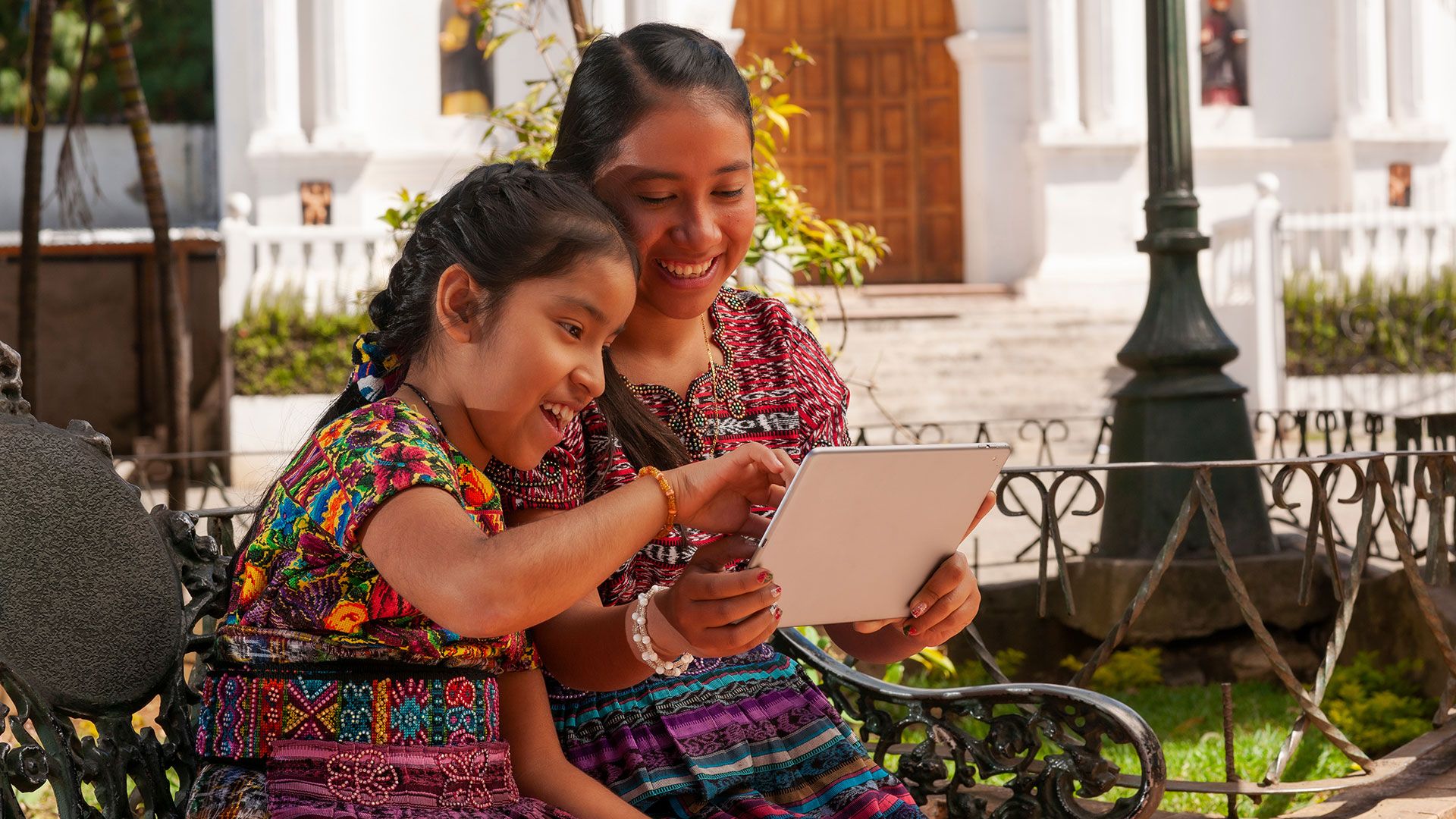
Indigenous voices power a digital revolution
Indigenous groups in Central and South America – from the high-altitude Rarámuri communities of northern Mexico to the Kichwa people of Ecuador’s rainforests – are operating their own community media and connectivity projects.
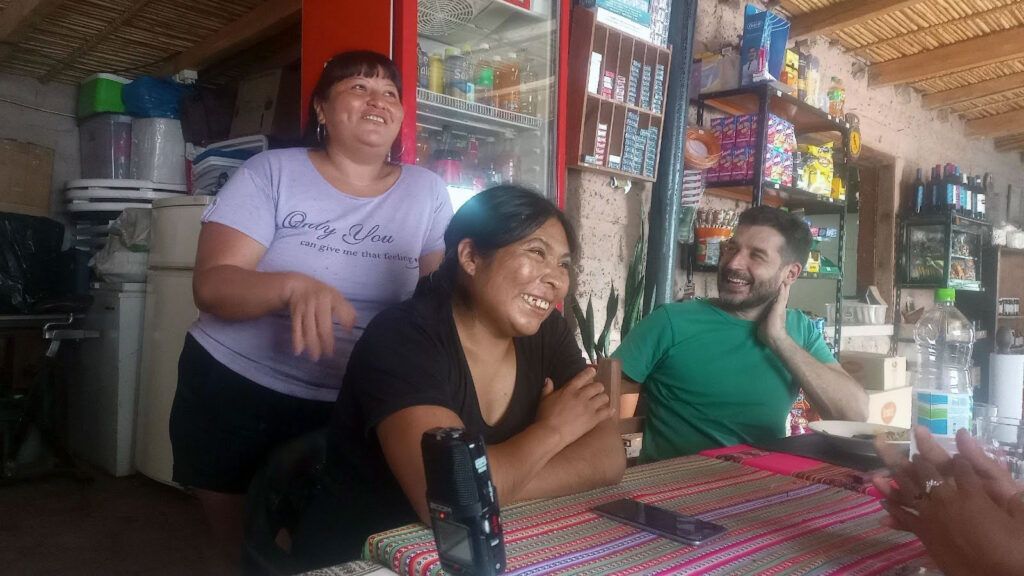
© Gabriela di Lauro
Over the past five years, a training programme organized by the International Telecommunication Union (ITU) with regional and international partners has taught Indigenous communities in remote areas of 19 Latin American countries how to build, use, and maintain information and communication technology (ICT) networks.
Newfound skills have helped Indigenous groups overcome barriers like lack of infrastructure and geographic isolation. In Amblayo, Argentina, for example, communication with the outside world previously required a two-hour horseback ride up a hill in search of a faint mobile signal.
Bootcamps and broadband: A hands-on approach
The Blended Training Programme for ICT Network Managers in Indigenous and Rural Communities combines five online courses of four weeks each – on topics ranging from telecommunications policy to the basics of electricity and solar energy – followed by ten-day in-person “boot camps.”
The work is led by ITU’s Telecommunication Development Bureau in partnership with Mexican civil society organisation REDES A.C. (Redes por la Diversidad, Equidad y Sustentabilidad), Rhizomatica, the Internet Society, and the Association for Progressive Communications.
The training has reached the Afro-Indigenous Garífuna people along the Caribbean coast of Central America; the Nasa people in Colombia’s Cauca department, who speak a language unrelated to any other in the world; the Quechua of the Bolivian Andes; the Wichí of the lowlands of the Gran Chaco in northern Argentina; and other groups.
Nearly 120 people have graduated from the programme, more than 40 per cent of them women. Each of those graduates can now help up to 2,500 others gain new digital skills, field studies show.
“At the heart of this initiative are the people themselves,” said Dr Cosmas Luckyson Zavazava, Director of the Telecommunications Development Bureau at ITU. “When we equip communities with the tools and knowledge to create their own solutions, we’re not just bridging the digital divide, we’re building a future shaped by local voices and local leadership.”
Last year, 50 people graduated from a shorter, all-online course: Designing Community Connectivity Strategies for Indigenous and Rural Communities in Latin America. The new course will be offered again in September.
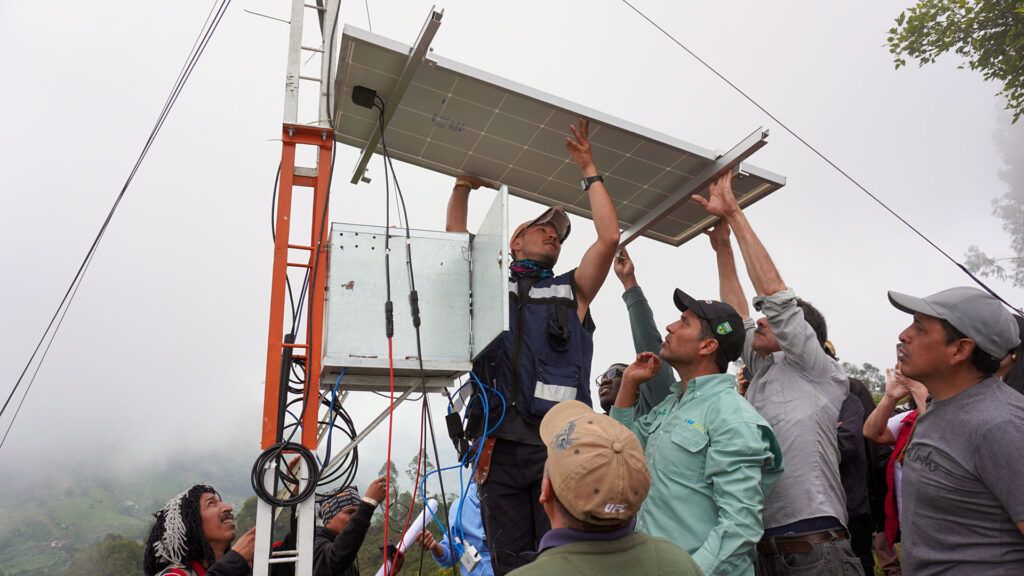
© Mariana López Lima
Expansion to Africa
Success in Latin America promoted the programme’s expansion into 21 countries across Sub-Saharan Africa, with ITU launching this new initiative in June in partnership with the African Advanced Level Telecommunications Institute, the Association for Progressive Communications, and Rhizomatica.
The partners spent the preceding year working with regional experts and Indigenous community members to shape the training around local languages, cultures, and daily realities. As in Latin America, the programme in Africa equips participants to deploy, manage, and support community-based ICT initiatives that align with local ways of life.
From training to transformation
Throughout the first half of 2025, programme evaluators took a road trip to reconnect with some of the Latin American Indigenous communities that had participated in the training.
Here are some of the results:
Vereda San Pablo, Colombia: What began as a workshop on alternative telephony evolved into San Pablo Libre – a self-managed community network powered by solar energy, local labour, and grassroots technical training. It now supports education, communication, and local enterprise.
San Antonio Rayón, Mexico: A community intranet built during an international training camp gave families access to schoolwork, medical consultations, and local content through a cooperative data plan. Though the system was disrupted by a hurricane, residents gained hands-on experience in antenna setup and server management, laying the foundation for future restoration and local tech leadership.
Cuetzalan, Mexico: Radio Tosepan has evolved from a clandestine experiment into a licensed, multifunctional media outlet. Broadcasting in Spanish and Nahuatl, it is part of a broader initiative by the Tosepan Cooperative, which also runs the world’s only Indigenous-owned Mobile Virtual Network Operator.
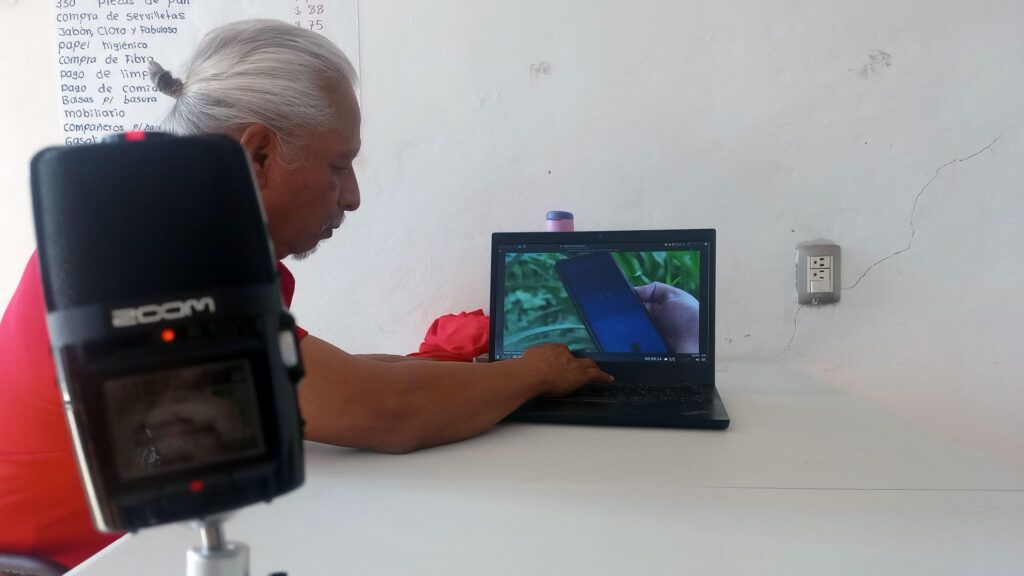
© José Manuel Ramos
San Miguel Tzinacapan, Mexico: Radio Tzinaca blends Nahuatl and Spanish programming with community intranet projects and youth-led workshops – preserving cultural memory, expanding digital access, and building a model of Indigenous media based on the community and local knowledge.
Escoipe, Argentina: The community radio station Voz de la Quebrada has become a vital hub for cultural preservation, local storytelling and digital inclusion, following years of grassroots efforts and the recent arrival of community Internet.
Amblayo, Argentina: The installation of a community network has brought significant change to this rugged region, where households are isolated, separated by kilometres of terrain. The new network reduces isolation, helps preserve ancestral practices, and enables residents like 71-year-old Ernestina to reconnect with family and manage daily life online for the first time. As she put it, “I called my brother in Chile. How wonderful!”
Bananal, Argentina: The Irundi network – named after the Guaraní word for “four” – grew from four donated routers into a cooperative model of community connectivity led by women. “It’s not just about the cable or the antenna,” says local digital leader Johanna. “It’s about building autonomy for our community.”
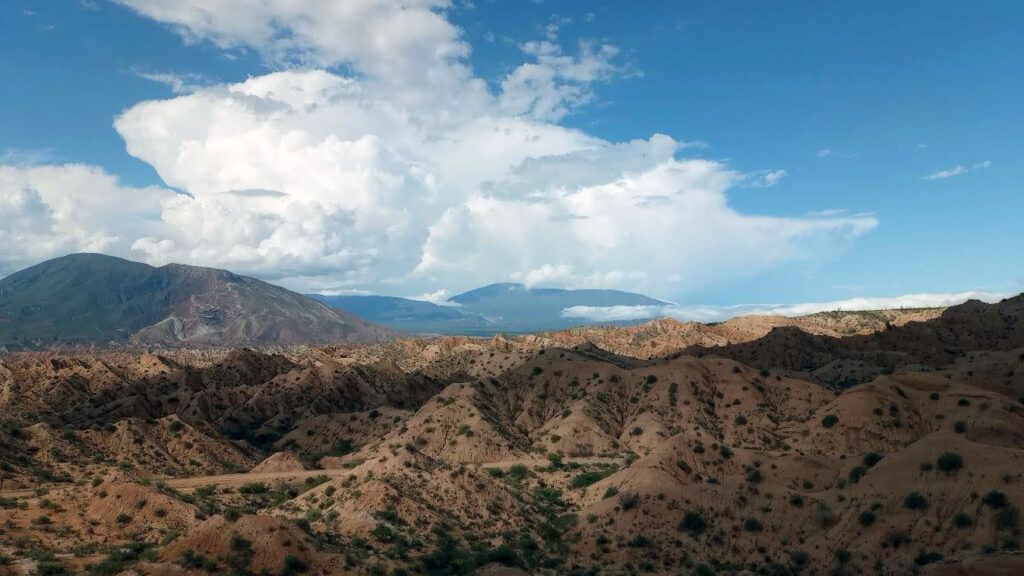
© Gabriela di Lauro
Jujuy, Argentina: La Voz del Cerro has grown from a youth-led radio initiative into a regional hub for community media and technical self-reliance, with the dedication of local leaders like Guillermo, who calls himself a “community technical promoter” and teaches others to “fix radios like we plant corn – step by step, with care.”
Learn more about ITU’s work with Indigenous communities.
Header image credit: Adobe Stock
